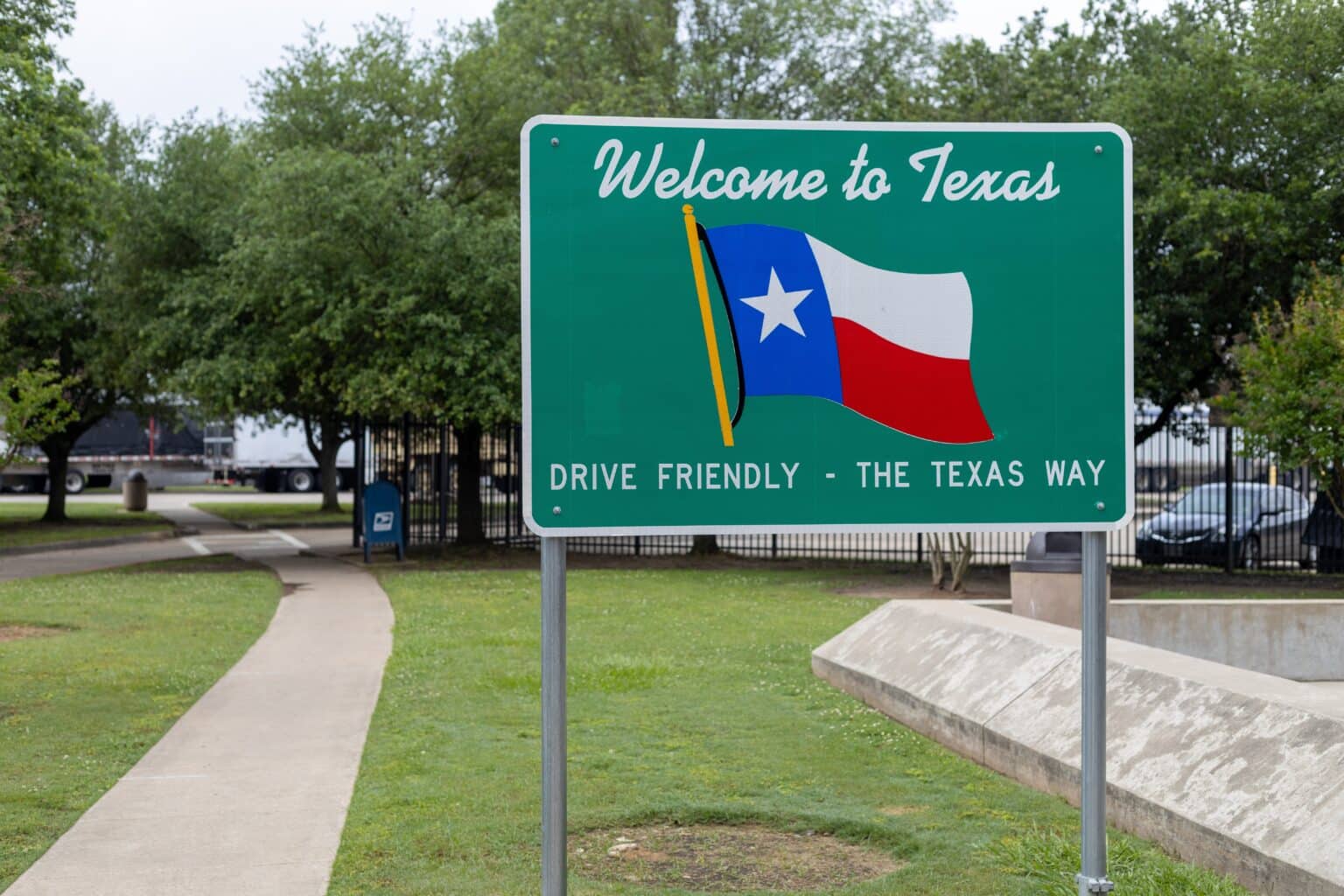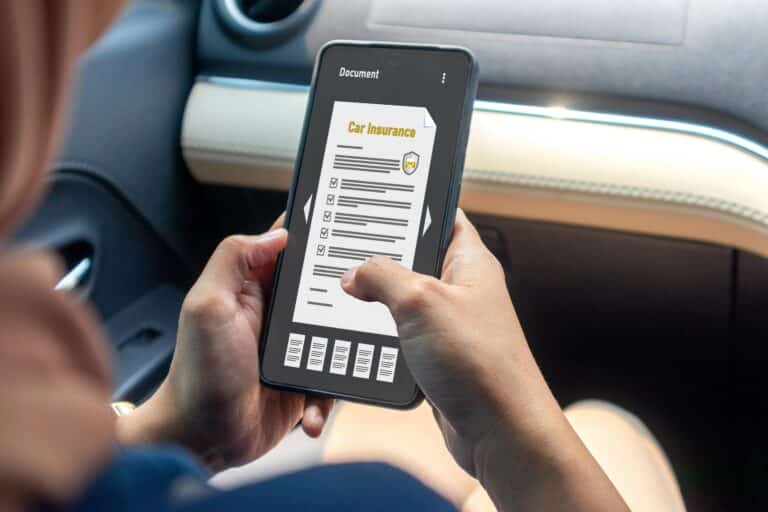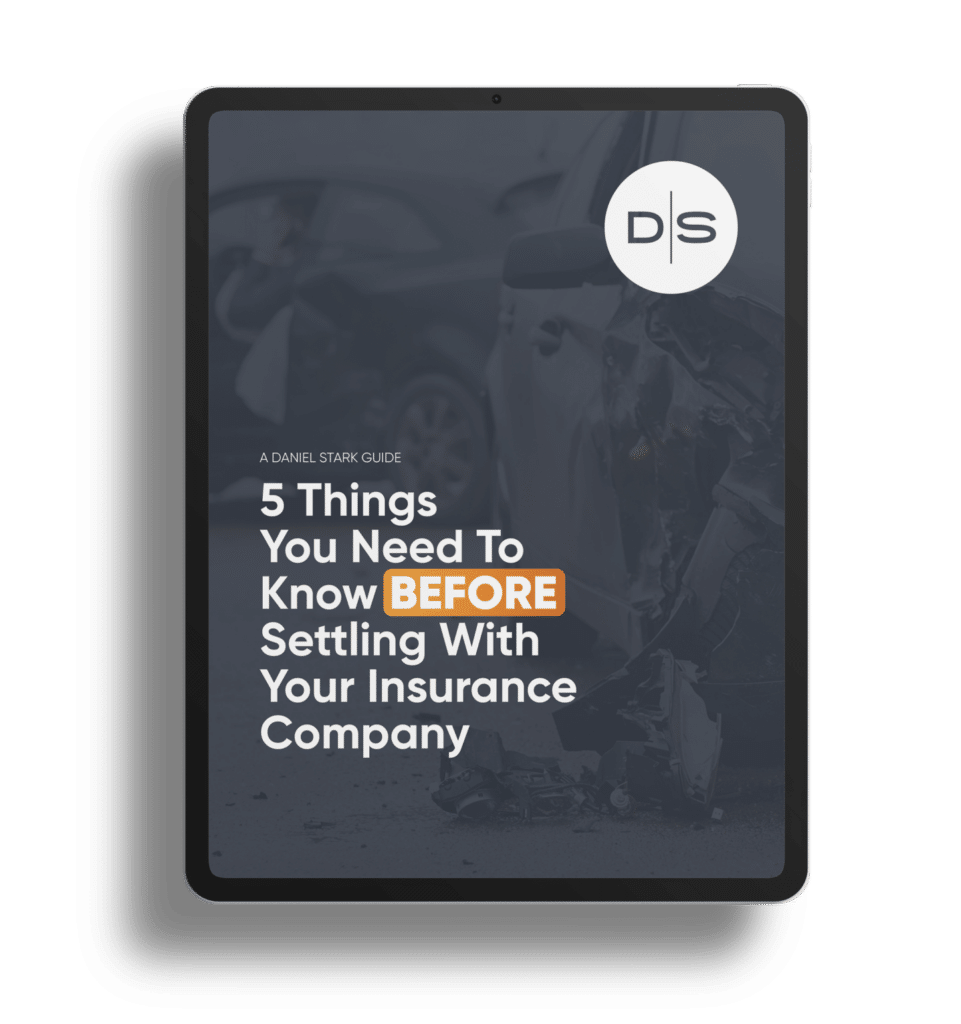There are a lot of myths about weird Texas laws. For example, it’s a common misconception that it’s illegal to drive barefoot, but that isn’t necessarily true. There’s no law that specifically prohibits driving without shoes. It’s just frowned upon because it could give you less control over the gas and brakes.
While Texas laws are put in place to protect our citizens on the road, there are some weird and outdated laws still on the books. Here are five Texas road laws that are totally weird, yet 100% real!
1. Windshields Aren’t Necessary… But Windshield Wipers Are!
It’s weird, but it’s true! Texas laws do not specifically state that you need to have a windshield equipped in your vehicle. There are laws, however, about having windshield wipers! According to Texas Transportation Code – TRANSP § 547.603, “A motor vehicle shall be equipped with a device that is operated or controlled by the operator of the vehicle and that cleans moisture from the windshield. The device shall be maintained in good working condition.”
Picture this: You’re driving down the road, wind blowing through your hair, pushing through your nonexistent windshield. Then, out of nowhere, the blue skies are darkened by storm clouds and the rain starts pouring in, turning your ride into a live-action waterpark. Better turn on those windshield wipers!
Here’s where it gets even weirder – While you can legally drive without a windshield, you may be fined for a cracked or broken windshield. Texas Transportation Code – TRANSP § 547.613 states, “A person commits an offense that is a misdemeanor if the person operates a motor vehicle that has an object or material that is placed on or attached to the windshield… that obstructs or reduces the operator’s clear view.” Apparently, no windshield is less distracting than a cracked one! Though, for your safety, we highly recommend having a windshield.
2. You Can’t Leave Your Car Unattended with Keys in Ignition.
This law isn’t necessarily weird, but it’s definitely shocking! How many Texans have run outside on a brisk morning to warm up their vehicles before darting back inside? Well, for legal purposes… We’ve never done that.
Sure, it’s risky, but who knew it was illegal?! According to Texas Transportation Code – TRANSP § 545.404, “An operator may not leave a vehicle unattended without: stopping the engine, locking the ignition, removing the key from the ignition, setting the parking brake effectively, and if standing on a grade, turning the front wheels to the curb or side of the highway.” This law doesn’t apply to vehicles with a keyless ignition or cars that will not operate without the fob present in the vehicle. So, our push-to-start drivers – you’re safe!
Police officials say this law was put in place to prevent criminals from easy access to auto theft. Not to mention, your insurance policy may not accept your auto theft claim if it was stolen with the keys inside. So, if you didn’t know, don’t leave your keys in the ignition. Not only is it dangerous, it’s a Class C Misdemeanor with up to a $500 fine.
3. Your Horse Needs Taillights.
Only in Texas, right? More specifically, in Texarkana, you are only allowed to ride a horse a night if it is wearing taillights. It sounds weird, but it makes sense if you really think about it. If you’re driving a car at night, taillights alert other drivers that you exist on the road. The same rules could reasonably be applied to a horse, right?
The Texas law seems to think so! The Texas Transportation Code – TRANSP § 542.003 explicitly states, “A person riding an animal on a roadway or operating a vehicle drawn by an animal on a roadway has the rights and duties applicable to the operator of a vehicle.” But wait… Does this mean that horses should have blinkers and horns, too?
Okay, maybe a horse doesn’t need every safety feature of a vehicle. This code probably refers to stopping at stop signs and obeying the flow of traffic. However, we do suggest investing in horse taillights if you plan to ride at night! For your safety and for the safety of your animal and other drivers, taking an extra step to keep everyone aware and alert is worth it.
4. Don’t Drive Your Horse and Buggy in Town Square!
This one may have been relevant and valid at one point in time, but it definitely feels a little outdated. Regardless, it’s true. Though this is not a state-wide law, some Texas city ordinances have very specific rules about strapping a buggy to your horse and riding it through town. So, if you were thinking about trotting down to the town square to show off your sweet new ride to the mayor… think again. You’d better have a permit or be prepared to pay the price!
As mentioned above, the Texas Transportation Code – TRANSP § 542.003 requires anyone riding a horse, or riding in a buggy pulled by a horse, to abide by the same set of rules as a driver. Use your taillights, stop at stop signs, and don’t plow through the town square. It’s simple stuff.
While it may seem odd, there are still laws being made about this. San Antonio, amongst many other Texas cities, are working to ban horse drawn carriages by 2030. If this is your regular means of transportation, it may be time to trade in your four-legged equine for a 4-wheel drive Ford Bronco.
5. You May Be Liable for a Car Crash… With Livestock.
Oh, Texas, our beautiful cattle country. Of course, we would be one of the few southern states that allows open roaming of livestock. Which also means we’re one of the only states where you could be liable for hitting someone else’s cow with your car. While this may sound reasonable to Texans, imagine how this would sound to an outsider! “Yeah, man, I have to go to court on Tuesday. I hit a cow that was in the street, and I’m being sued for the price of the cow.”
Now, this isn’t an automatic fault situation. Cattle roaming laws vary by county, and sometimes even by city, throughout the state. If you hit a cow in a “fenced in” county, the owner of the livestock could be responsible for your injuries and damages to your car because they did not take proper measures to keep their cattle contained in the fence. However, if you are in an “open range” county, you could be responsible for your injuries, fixing your car, and for the death or injury of the animal.
According to the Texas Agricultural Law – TX AGRIC § 143.103, “A person whose vehicle strikes, kills, injures, or damages an unattended animal running at large on a highway is not liable for damages to the animal except if they are in gross negligence in the operation of the vehicle or if they have willful intent to strike, kill, injure, or damage the animal.” So, if the owner can prove that you were driving negligently, you could be held liable.
Daniel Stark Attorney Tadarious Hawkins warns that you could also be liable for failing to report the crash to local authorities and the owner of the animal. If you manage to drive away after hitting a 1,100lb animal, we’d be pretty impressed. Nonetheless, it could be considered a hit and run, and you could be hit with some pretty hefty fines.
While some laws may seem bizarre or outdated, they serve as a reminder of our state’s unique history and evolving legal landscape. By being aware of these oddities, you equip yourself with the knowledge to navigate Texas roads more safely and responsibly. Whether it’s remembering your horse’s taillights or understanding livestock liabilities, staying informed can prevent both legal headaches and literal road bumps. As you travel Texas highways and byways, remember – it pays to be aware of the unusual because not knowing the law is no excuse.










